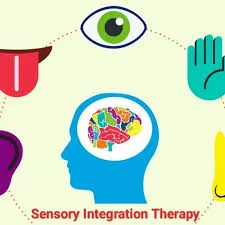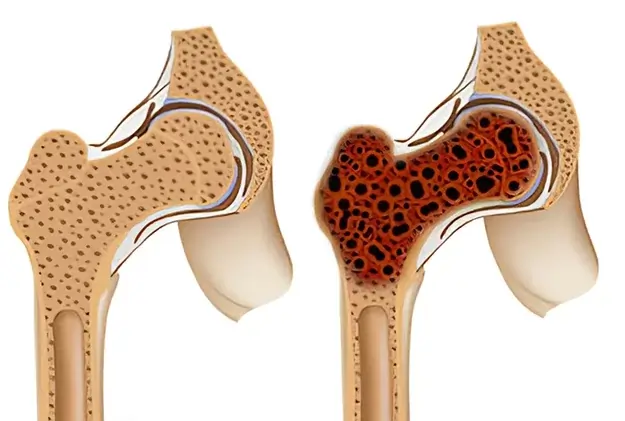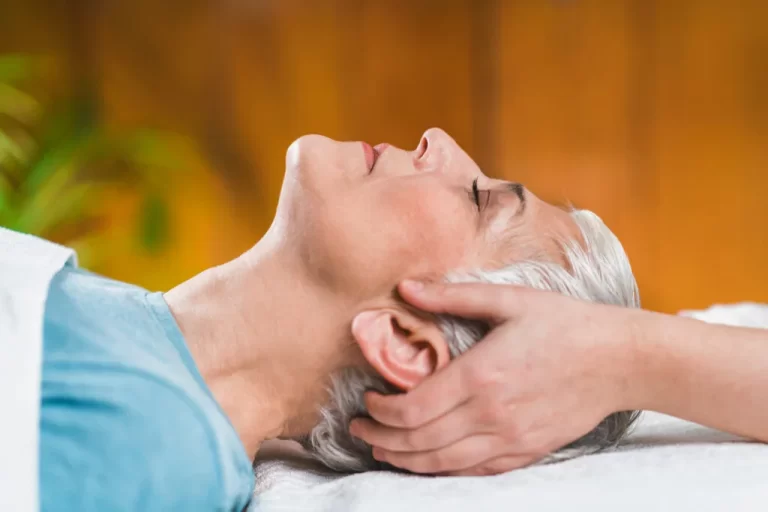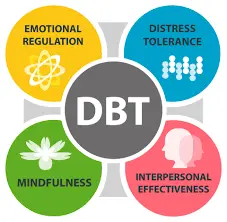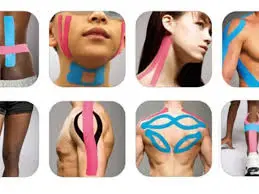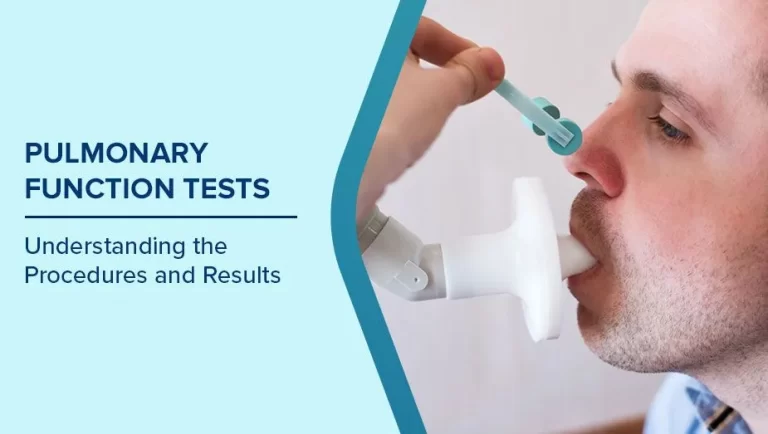PRINCE Principle
Introduction
The PRINCE principle is a modified approach to treating acute injuries, and it’s particularly helpful when sports or other physical activities are involved. Non-steroidal anti-inflammatory Drugs (NSAIDs), Protection, Rest, Ice, Compression, and Elevation are the letters that make up the word itself. To promote the best healing and recovery, each component of the PRINCE principle is necessary.
Let’s examine each component in more detail:
Protection
The initial stage in the treatment of injuries is to protect the area that was injured from further damage. This involves either immobilizing the injured limb or using protective devices such as tape, braces, or splints to prevent excessive movement or strain on the injured tissues. Protection creates a healing environment and lessens the chance of worsening the injury.
Rest
Resting the injured area is essential in the early phases of injury care to prevent further damage and encourage tissue repair. It means not doing anything that would strain or hurt the injured area further. While rest is necessary for healing, it’s also essential to gradually return to movement and activities to prevent stiffness and maintain joint mobility.
Ice
Pain, inflammation, and edema can be reduced by using ice or cold therapy, which narrows blood vessels and numbs the injured area. Cold therapy can be used with ice packs, cold compresses, or specialized instruments several times a day for brief periods (about 15 to 20 minutes at a time). It’s important to take precautions to keep away from close contact with ice to prevent burning.
NSAIDs (Non-Steroidal Anti-Inflammatory Drugs)
NSAIDs, including ibuprofen (Advil, Motrin) or naproxen (Aleve), are commonly used to reduce pain and inflammation caused by recent injuries. These medications work by stopping the body from creating inflammatory chemicals, which decrease pain and promote range of motion. It’s essential to use NSAIDs carefully and follow recommended dosages to minimize side effects.
Compression
The injured area is compressed to aid in tissue support and edema reduction. For compression, use wraps, elastic bandages, and compression clothing. Compression promotes circulation, reduces fluid retention, and speeds up the healing process when applied correctly.
Elevation
Elevating the injured limb above the level of the heart decreases edema by allowing the extra fluid out from the affected tissues. Elevation lessens blood and fluid accumulation in the affected area and encourages venous return. Elevating the wounded limb whenever possible is advised, particularly when sleeping or resting.
The PRINCE concept offers a systematic and comprehensive approach to injury care, promoting the best potential healing and recovery from acute injuries. However, it’s imperative to adjust treatment according to the specific nature and degree of the injury as well as the patient’s response to it. To correctly detect and manage acute injuries under the PRINCE principle, it is advised to consult with a healthcare expert.

